Rising Air Travel Demand
The Commercial Aircraft Cabin Seating Market is experiencing a notable surge in demand due to the increasing number of air travelers. According to recent data, air passenger traffic is projected to grow at a compound annual growth rate of approximately 4.5% over the next decade. This growth is driven by factors such as rising disposable incomes, urbanization, and the expansion of low-cost carriers. Airlines are compelled to enhance their cabin offerings to attract and retain customers, leading to a greater emphasis on innovative seating solutions. Consequently, the demand for advanced cabin seating configurations is likely to rise, as airlines seek to optimize space and improve passenger comfort. This trend indicates a robust market potential for manufacturers and suppliers within the Commercial Aircraft Cabin Seating Market.
Focus on Passenger Experience
Enhancing passenger experience is a primary focus for airlines, significantly influencing the Commercial Aircraft Cabin Seating Market. Airlines are increasingly recognizing that a comfortable and enjoyable travel experience can lead to customer loyalty and repeat business. This realization has prompted investments in premium seating options, including lie-flat seats and enhanced legroom configurations. Market data suggests that airlines offering superior cabin experiences can command higher ticket prices, thereby improving profitability. Additionally, the trend towards personalization, where airlines tailor seating arrangements to meet specific passenger needs, is gaining traction. This focus on passenger experience is likely to drive innovation and investment in the Commercial Aircraft Cabin Seating Market, as airlines seek to create a competitive edge.
Sustainability and Eco-Friendly Practices
Sustainability is becoming an increasingly critical driver in the Commercial Aircraft Cabin Seating Market. Airlines are under pressure to adopt eco-friendly practices, including the use of sustainable materials in cabin seating. The shift towards greener operations is not only a response to regulatory pressures but also a reflection of changing consumer preferences. Passengers are increasingly favoring airlines that demonstrate a commitment to environmental responsibility. Consequently, manufacturers are exploring innovative materials and production processes that minimize environmental impact. This trend towards sustainability is expected to shape product development and market strategies within the Commercial Aircraft Cabin Seating Market, as stakeholders seek to align with broader environmental goals.
Regulatory Compliance and Safety Standards
The Commercial Aircraft Cabin Seating Market is significantly influenced by stringent regulatory compliance and safety standards. Regulatory bodies, such as the Federal Aviation Administration (FAA) and the European Union Aviation Safety Agency (EASA), impose rigorous safety requirements for aircraft seating. These regulations necessitate continuous innovation and improvement in seating designs to ensure passenger safety during flights. Manufacturers are compelled to invest in research and development to meet these evolving standards, which can lead to enhanced product offerings. Furthermore, compliance with safety regulations can serve as a competitive advantage, as airlines prioritize partnerships with manufacturers that demonstrate a commitment to safety and quality. This ongoing focus on regulatory compliance is likely to sustain growth in the Commercial Aircraft Cabin Seating Market.
Technological Advancements in Seating Design
Technological innovations are playing a pivotal role in shaping the Commercial Aircraft Cabin Seating Market. The integration of advanced materials and ergonomic designs is enhancing passenger comfort and safety. For instance, the use of lightweight composite materials not only reduces the overall weight of the aircraft but also improves fuel efficiency. Furthermore, the incorporation of smart technologies, such as adjustable seating and in-flight entertainment systems, is becoming increasingly prevalent. These advancements are not merely aesthetic; they also contribute to operational efficiency and passenger satisfaction. As airlines strive to differentiate themselves in a competitive market, the demand for technologically advanced seating solutions is expected to escalate, thereby driving growth in the Commercial Aircraft Cabin Seating Market.



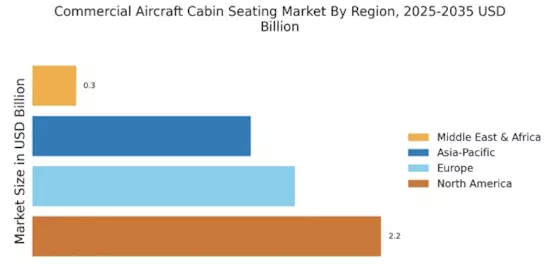


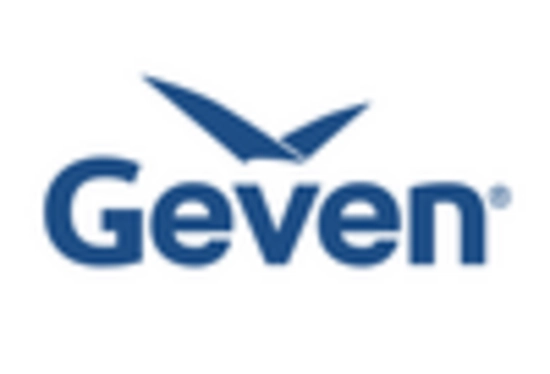
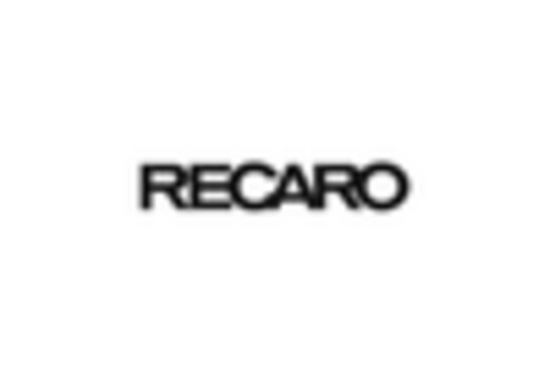
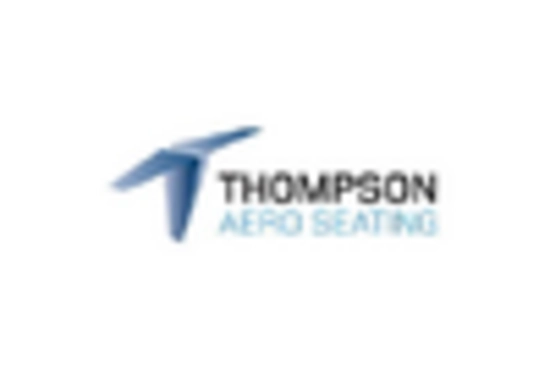
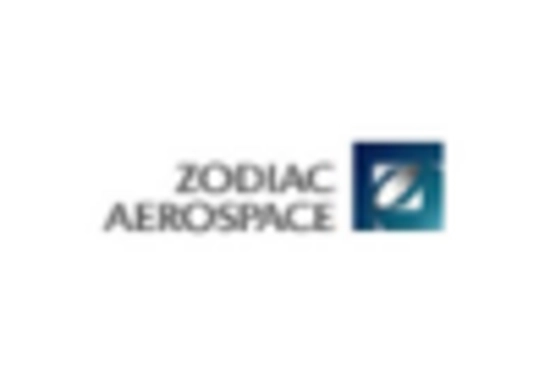








Leave a Comment